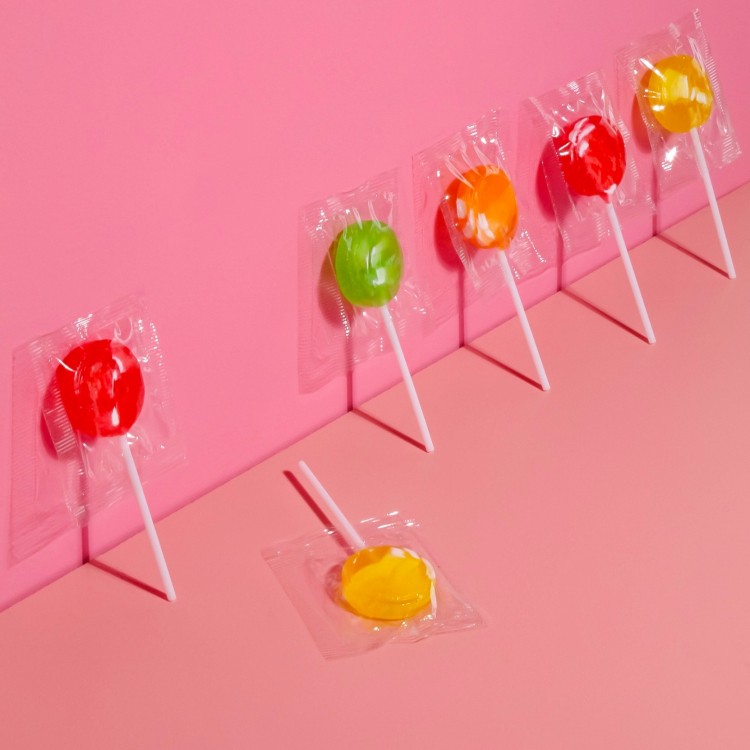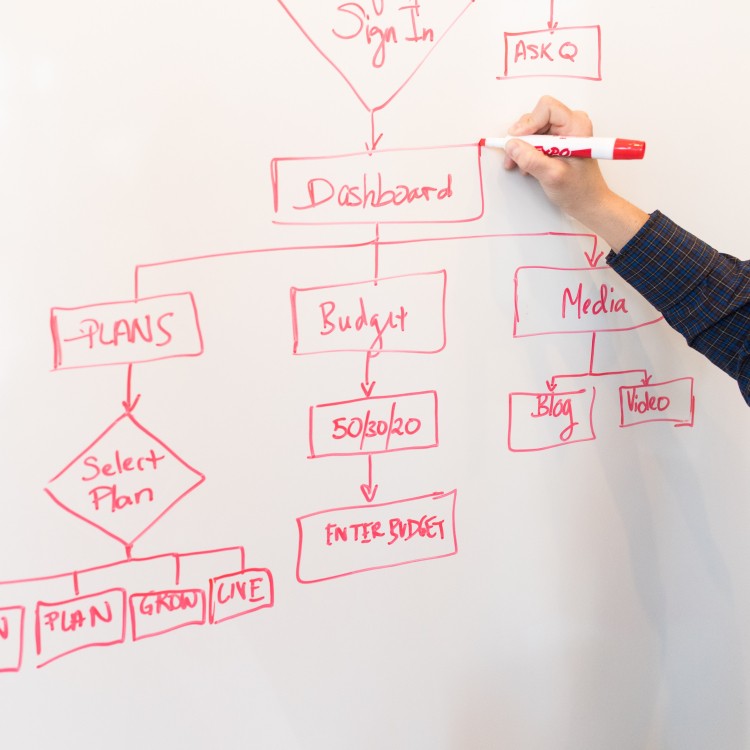

New referral to the Enlarged Board of Appeal (G1/23) | T 0438/19
Background
The granted patent under proceedings from which this referral arises, relates to an encapsulating film material for a solar cell. Claim 1 of the granted patent reads as follows:
- 1. A material suitable as an encapsulating material for solar cell, which comprises an ethylene/α-olefin copolymer which has
- (a1) a content of 80-90 mol% of structural units derived from ethylene and 10-20 mol% of structural units derived from C3-20 -(α-olefin);
- (a2) a MFR of 10-50 g/10 minutes, measured according to ASTM D1238 at 190°C and under a load of 2.16 kg;
- (a3) a density of 0.865-0.884 g/cm3 , measured according to ASTM D1505;
- (a4) a shore A hardness of 60-85, measured according to ASTM D2240; and
- (a6) a content of aluminum element of from 10 to 500 ppm.
Claim 1 thus specifies features of a ethylene/α-olefin copolymer, which is comprised in a material suitable for use as an encapsulating material for a solar cell.
Opposition proceedings
Amongst other objections, the Opponent (O) had argued that claim 1 was not inventive because various ENGAGE™ polymers that qualified for use in an encapsulating material for a solar cell were commercially available at the date of filing. For example, D1 (WO 2008/036708 A2) mentioned the use of ENGAGE® 8400 polyethylene (ethylene/ 1-octene, 30 MI, 0.87 g/cc) in a protective film of a solar panel, thus making D1 prejudicial to inventive step (IS) of claim 1.
More specifically, D1 disclosed the use of ENGAGE® 8400 in a solar cell and its features (a2) and (a3). Then, D2 (WO 2010/114028 A1) and a factsheet on ENGAGE® 8400 (D5/D5’), explicitly disclosed also features (a1) and (a4). Only feature (a6) was not disclosed as D5, a factsheet on this commercially available product, instead indicated another amount of aluminium of ENGAGE® 8400 (4.4 ppm).
The disclosure of features (a1) to (a4) was not disputed by the Proprietor. At the first instance, the Opposition Division (OD) had decided that claim 1 was novel and inventive over D1, since the claimed range of aluminium was disclosed in the granted Patent as having advantages and unforeseen effects. Moreover, the OD considered it unreasonable to assume that the skilled person would increase the aluminium content of the commercially available product ENGAGE® 8400 or that the skilled person would select an entirely different polymer with a different aluminium content which would then happen to also still satisfy all other requirements of claim 1.
None of the grounds was hence found to prejudice the maintenance of the Patent and the opposition was rejected.
The appeal and reasons for a referral
The Opponent/Appellant (O/A) had appealed the decision, indicating, amongst other grounds, the lack of inventive step over D1 in combination with the technical information on the product ENGAGE® 8400.
The Patentee/Respondent (P/R) responded by arguing that the starting point of this attack was invalid. According to P/R, D1 and the product ENGAGE® 8400 could not be regarded as the closest prior art for the assessment of inventive step because of the lack of reproducibility of the commercially available product.
Reverse-engineering a commercial polymer without knowledge of the synthesis conditions specific catalysts, and reaction conditions would require an extensive research programme, for which success is not even guaranteed. The need to perform such a programme would represent an undue burden, with the consequence that the commercial product ENGAGE® 8400 could not be considered enabled and thus could also not constitute prior art.
P/R did not dispute that the product was commercially available, but argued, relying on paragraph 1.4 of the Reasons for opinion G1/92 and decision T23/11, that the commercial product ENGAGE® 8400 had not been made available to the public within the meaning of Art. 54(2) EPC due to the lack of reproducibility.
O/A dismissed the argument and considered that: “It would be incorrect and unreasonable if such publicly available information of a commercially available product could be disregarded on the basis that the specific commercial material could not be exactly reproduced.” (reasons 3.3)
The Board analysed the application of G1/92 in case law and found diverging approaches. They further concluded that (emphasis added):
“It follows that in the present case the determination of the closest prior art, which is the first stage of so-called "problem-solution approach" used for an objective and predictable assessment of inventive step (G 1/19, OJ EPO 2021, A77, point 26 of the Reasons), depends on the application of opinion G 1/92.” (reasons 4)
A referral to the Enlarged Board of Appeal was hence deemed appropriate to seek clarification.
Contradiction between opinion G 1/92 and the Traveaux Preparatoires to the EPC
G1/92 concerns the interpretation of the requirement "made available to the public" referred to in Art. 54(2) EPC in relation to the prior use of a product (reasons 1.1 of G1/92). Reasons 1.4 of G1/92 (as referred to by P) are of particular relevance to the divergence in case law, as these reasons possibly suggest that i) a distinction is to be made between the product itself, and its composition or internal structure; and ii) a product put on the market becomes state of the art and therefore becomes available to the public only when its composition or internal structure can be discovered and reproduced without undue burden (reasons 8.2).
Reasons 1.4 of G1/92:
“… Where it is possible for the skilled person to discover the composition or the internal structure of the product and to reproduce it without undue burden, then both the product and its composition or internal structure become state of the art"
P/R referred to the reproducibility criterion for a product to be part of the state of the art, as supported by section I.C.4.11 in both the 9th and 10th edition of the case law book. The cited decisions in the book (specifically decisions T 206/83 and T 26/85) convey the idea that the reproducibility criterion would be essential for a product to become available to the public.
Nevertheless, the Board also studied the Traveaux Preparatoires and found that it was possible that a different meaning of “available to the public” was intended when preparing the EPC:
“... it would therefore appear that the expression "available to the public" in Art. 54(2) EPC was intended to express the possibility of the public to take note of the prior art, i.e. the accessibility to the public of the prior art, without any requirement as to its enablement.” (reasons 10.4)
Hence the reproducibility criterion that followed from G1/92 appeared as going beyond the originally intended meaning. Clarification of the expression "available to the public” was therefore recognised as needed.
Referral to the Enlarged Board of Appeal
Based on the divergence in case law on the interpretation of G1/92, the Board considered that three aspects required clarification.
Firstly, the possibility to distinguish between the product itself and its composition or internal structure (as suggested by the reasons 1.4 of G1/92) has led to decisions wherein only the chemical composition (or internal structure) was concluded not to be state of the art (e.g., T 964/04, T 1666/16), yet has also led to decisions wherein the product itself was not considered to be state of the art (e.g., T370/02, T2045/09).
A first question was therefore formulated as:
1. Is a product put on the market before the date of filing of a European patent application to be excluded from the state of the art within the meaning of Art. 54(2) EPC for the sole reason that its composition or internal structure could not be analysed and reproduced without undue burden by the skilled person before that date?
The Board explained that while the difference may seem of theoretical interest at first sight, it may lead in practice to different conclusions. As a direct example related to the present case, if in the application of opinion G 1/92, a product is found not to be part of the state of the art, then that product cannot be used as starting point for assessing inventive step. However, if the conclusion is only that its composition is not state of the art, but the product itself belongs to the state of the art, it could then be used as a starting point for the assessment of inventive step especially if the technical information about that product, including its potential uses and advantages, would be available to the skilled person through a different way such as a factsheet relating to the product.
The above considerations apply to the present case, as the commercial product ENGAGE® 8400 is shown in the examples of D1 to be suitable for the purpose as specified in the invention, namely as an encapsulating material for solar cells and cell modules. (reasons 12.1).
Secondly, the Board addressed a divergence in case law with respect to the degree of detail required for the analysis of the product. Specifically, when referring to chemical compositions, some Boards relied on the ability to determine the exact composition of the product (e.g., T 946/04, T 2068/15), whereas others considered it sufficient that the skilled person be informed that the product had a composition falling within the claimed subject-matter (e.g., T952/92, T 1452/16).
A second question was therefore formulated as:
2. If the answer to question 1 is no, is technical information about said product which was made available to the public before the filing date (e.g. by publication of technical brochure, non-patent or patent literature) state of the art within the meaning of Art. 54(2) EPC, irrespective of whether the composition or internal structure of the product could be analysed and reproduced without undue burden by the skilled person before that date?
The Board noted that this question could be particularly relevant for the present case as the features (a1) to (a4) and a different aluminium content (a6) were all disclosed on the fact sheet. Hence a further analysis of the product would not be needed as all claim features would be known.
Thirdly, the Board addressed a difficulty in finding appropriate requirements to assess the reproducibility. The Board remarked that apart from defining what is an undue burden, it is also not clear what a definition would be of a degree of variance that can be accepted in order to qualify a product reproduced to be identical to the one put on the market (reasons 13.2). The Board had expressed a fear that subjective criteria would be needed and therefore decided to seek clarification with the Enlarged Board.
The third and final question was therefore formulated as follows:
3. If the answer to question 1 is yes or the answer to question 2 is no, which criteria are to be applied in order to determine whether or not the composition or internal structure of the product could be analysed and reproduced without undue burden within the meaning of opinion G 1/92? In particular, is it required that the composition and internal structure of the product be fully analysable and identically reproducible?
T 0438/19






